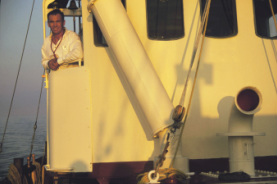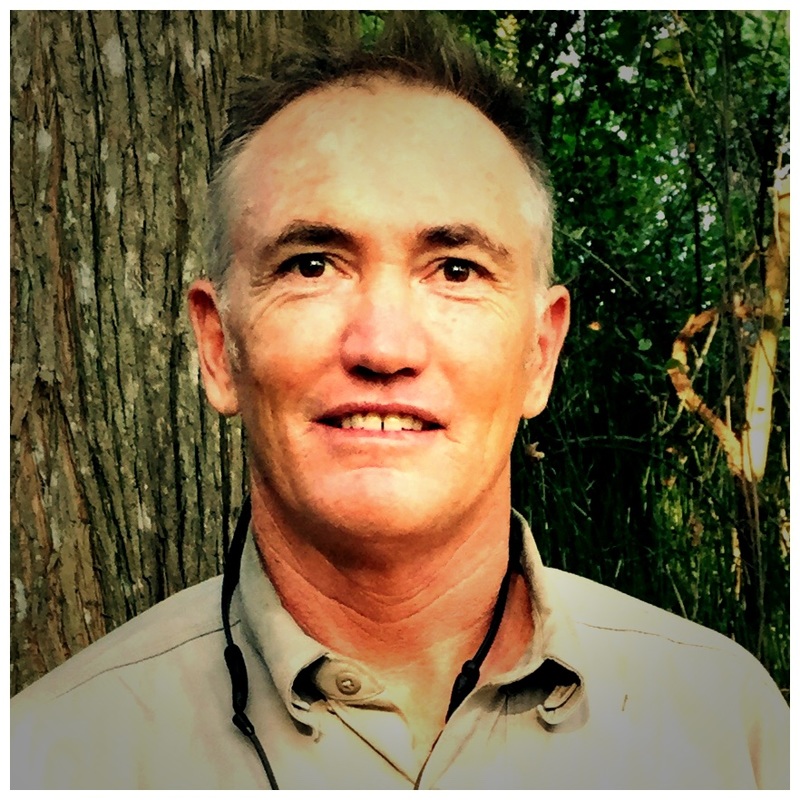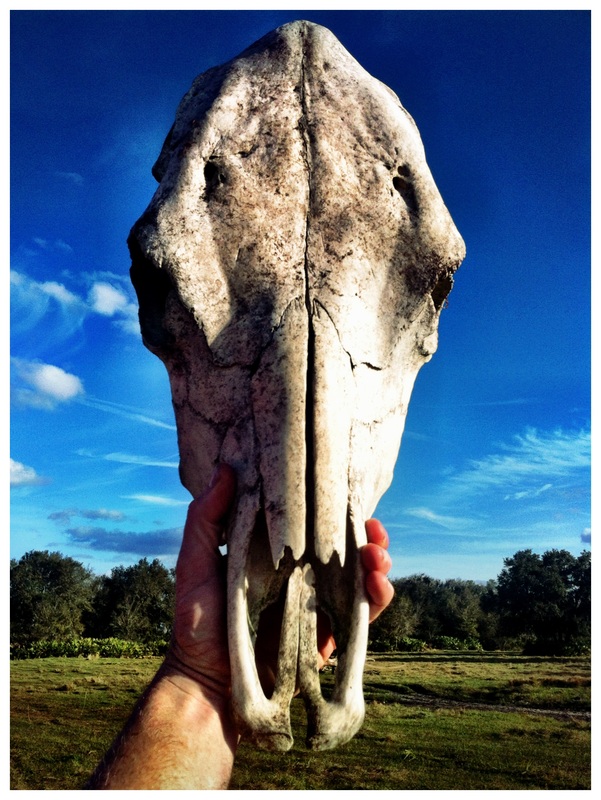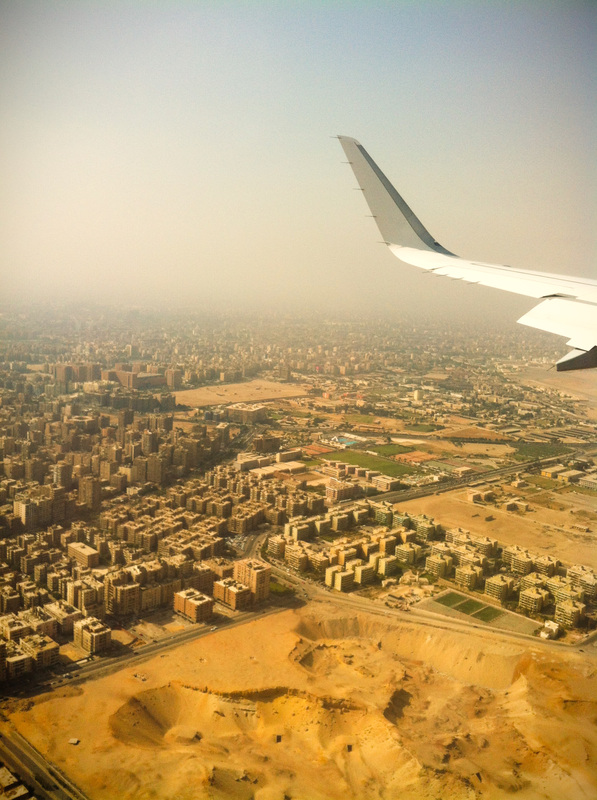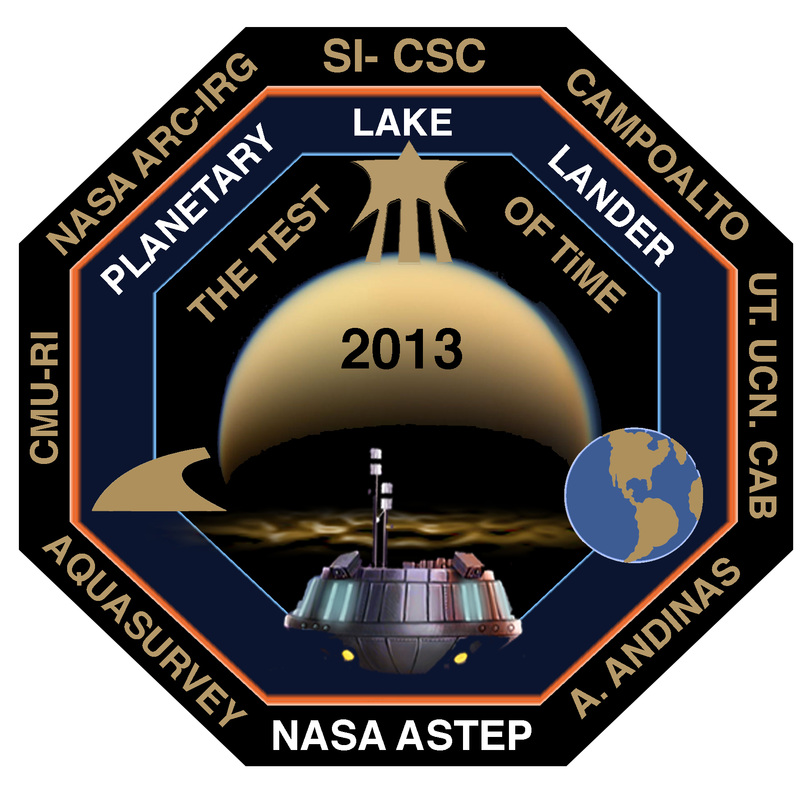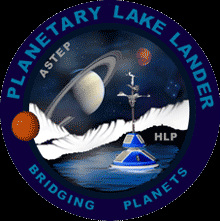Since these are "Shorts" the load differently than typical youtube videos. It may take me e few tries to figure this out.
|
https://youtube.com/shorts/6zpiX7alCc0?si=m9Q2KmKu-5zyoWk_
Director of Excavations Franck Goddio asked me to make some short videos of our Life On Board, during the current Underwater Archaeological mission in Alexandria Egypt.
Since these are "Shorts" the load differently than typical youtube videos. It may take me e few tries to figure this out.
0 Comments
Flint Dibble is an archaeologist at Cardiff University, and he wrote a very good article about how, and WHY, to take on conspiracy theorist in the archaeology/history space.
"In a world filled with people sceptical of science, we need to see these opportunities, not as debates but spectacles. We need to speak up strategically and share our expertise in our post-truth world." Ironically, the image used in the article was of an AI generated sunken civilization, not unlike the fantasy images often used alongside images of the real work of Underwater Archaeologist Franck Goddio. Thank you Professor, for inspiring me to struggle more against online disinformation of all types. Oil lamps played important roles at Christian pilgrimage shrines all over the Byzantine world. This gold finger ring appears to be fully functional, and might have been owned by a christian Pilgrim visiting a sacred site in Egypt during the Byzantine era, when many ancient sacred sites had been converted under Christianity. You can find out about this and other finds by Underwater Archaeologists on the team of Franck Goddio by visiting https://www.franckgoddio.org/finds/ The sunken temple of Thonis-Heracleion has unveiled its long-held treasures and secrets as an underwater archaeological team, led by Franck Goddio in collaboration with the Department of Underwater Archaeology of Egypt's Ministry of Tourism and Antiquities, made significant discoveries in the Bay of Aboukir off the Egyptian coast. In this engaging webinar, you will have the chance to learn more from first hand. Egyptian Pharaohs: Immersive Exhibitions in France Includes Artifacts from Sunken Egyptian Cities3/13/2024 Egyptian Pharaohs:Immersive Exhibitions in France
Some of the amazing underwater pictures taken during excavations off the coast of Egypt by award winning photographer and IEASM team member Christoph Gerigk are currently presented in the exhibition "Egyptian Pharaohs" at the Atelier des Lumières in Paris. They form part of a fascinating immersive exhibition experience that allows visitors to dive into the history of the pharaohs and Egypt's ancient civilization. "Egyptian Pharaohs" will also be on display at the Carrières des Lumières in Les Baux de Provence from 19 April 2024. The BBC World Service programme Witness History has published a new video featuring the podcast episode with Franck Goddio. In "Discovering the ancient city of Thonis-Heracleion" Franck explains to host Josephine McDermott how he and the IEASM team managed to discover this ancient port city in today's Aboukir Bay and what incredible artefacts they have recovered from the seabed from the Sunken Egyptian City.
Roland has made a new "Life on Board film for Youtube and I really like the style, and his narrative voice is so enchanting! As Underwater Archaeologist Franck Goddio leads the team to new discoveries that highlight the relationship between ancient Egyptian culture with the Greeks who traded there for over a thousand years. I hope you'll enjoy this 17 minute update! Garrett invited me to be a guest on his podcast and I really enjoyed it. With 31 episodes available already, here's a description of his style:
I have been looking forward to this re-opening for a long time, and just got the announcement that some of the artifacts uncovered by the Franck Goddio and the IEASM are on display again... " The Graeco-Roman Museum of Alexandria re-opened its doors to the public in 2023 after 18 years of renovation work. The museum's archaeological collection is dedicated to the Greek and Roman eras of Egypt. It illustrates the periods of history from before the foundation of Alexandria by Alexander the Great in 331 BC, the subsequent Ptolemaic Dynasty who ruled until 30 BC, followed by Egypt's time as a Roman province up to the Muslim conquest in 641 AD. Among the 10,000 artefacts on display are several discovered by the IEASM during underwater excavations in the sunken cities of Thonis-Heracleion and Canopus as well as in the ancient Portus Magnus of Alexandria. As a world premiere, the stele of Thonis-Heracleion, discovered underwater in 2000, is displayed side by side with its twin, uncovered in Naukratis in 1899. Both are inscribed with The Decree of Nectanebo I which concerns payments to a local temple. The twin steles have 14 identical columns of hieroglyphs and differ only in column 13, where the locations they were erected are specified. To find two intact copies of the same edict by Nectanebo I practically on the spot they were originally set up is a very rare event in the history of archaeology. Further artefacts in the collection include the statue of a Ptolemaic queen, the Naos of the Decades and the Neilos bust. See the Trove of Ancient Treasures, Including a Shrine to Aphrodite, Just Discovered in an Underwater City Off the Coast of Egypt The finds include votives, jewelry, ritual instruments, and a duck-shaped pourer. in this article by
Sarah Cascone, October 6, 2023 “It is extremely moving to discover such delicate objects, which survived intact despite the violence and magnitude of the cataclysm,” Goddio said in a statement. Thonis-Heracleion was Egypt’s biggest port for centuries, before being surpassed by Alexandria, founded by Alexander the Great in 331 B.C.E. The city was eventually lost thanks to a combination of rising sea levels, earthquakes, and tsunamis, disappearing beneath the waves along with a large section of the Nile delta. It was largely forgotten for centuries, until 21st-century archaeologists began investigating. The most recent mission has uncovered well-preserved underground structures beneath the temple, made from wooden posts and beams from the 5th century B.C.E. To detect subterranean chambers and objects buried beneath yards of clay, the team used new geophysical prospecting technologies. During the mission, archaeologists discovered a new sanctuary to Aphrodite, suggesting a strong presence of Greek settlers and traders in Thonis-Heracleion. Several finds of ancient Greek weapons provide further evidence of Grecian influence in the port city during the time of the Saïte dynasty (around 664 to 525 B.C.E.) Other recent archaeological discoveries in Egypt include a 3,200-year-old underground tomb complex and two mummification workshops in the ancient Saqqara necropolis. See more photos of the most recent Thonis-Heracleion excavations and their finds below. |
My Name is Eric and My Job is Scientific Exploration.
That means I'm lucky enough to join expeditions to excavate sunken cities, climb volcanoes, find missing bombs, and Sail old research vessels, while searching for the mysteries of the natural world. Categories
All
Archives
June 2024
|

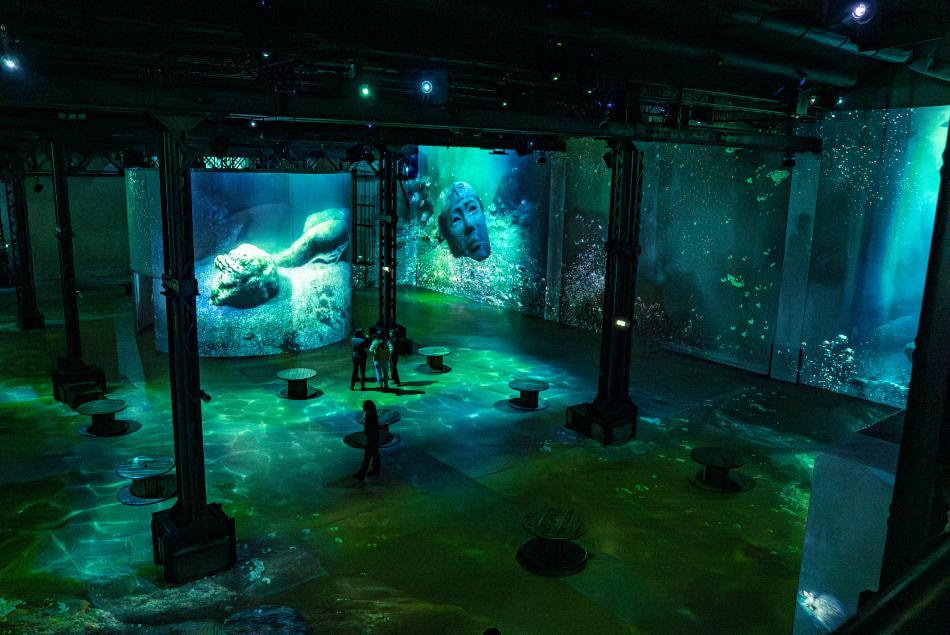

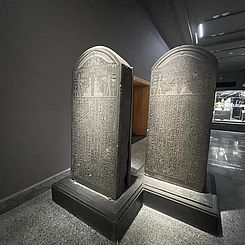

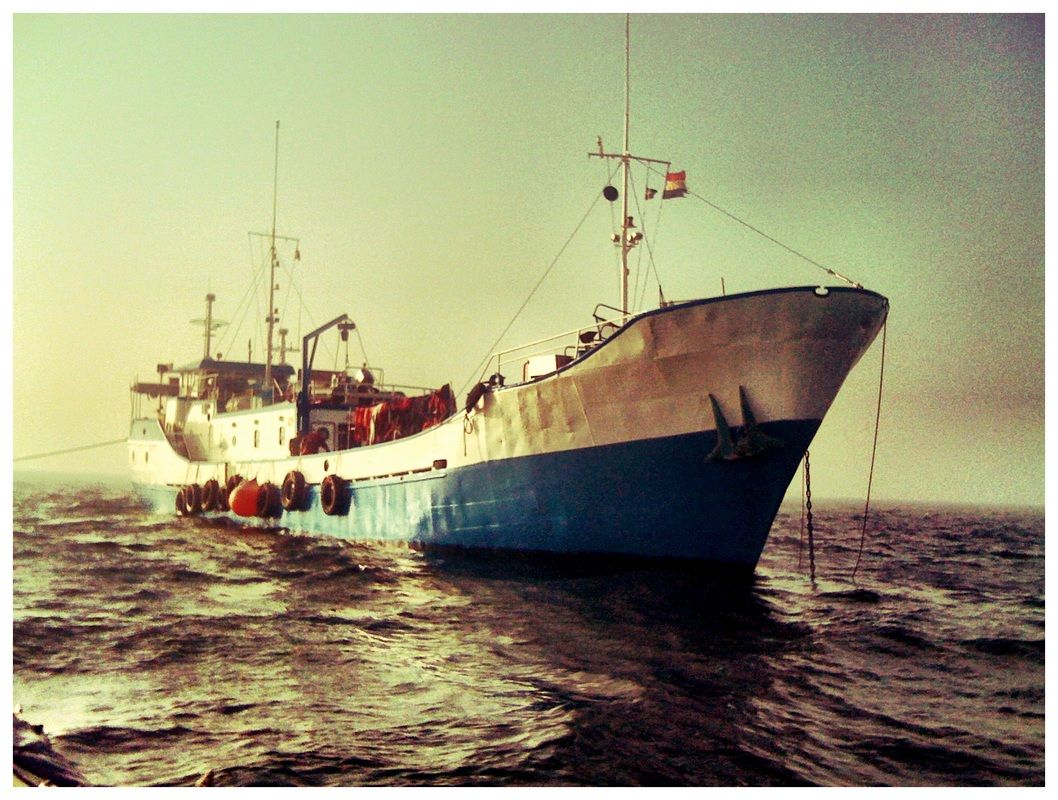
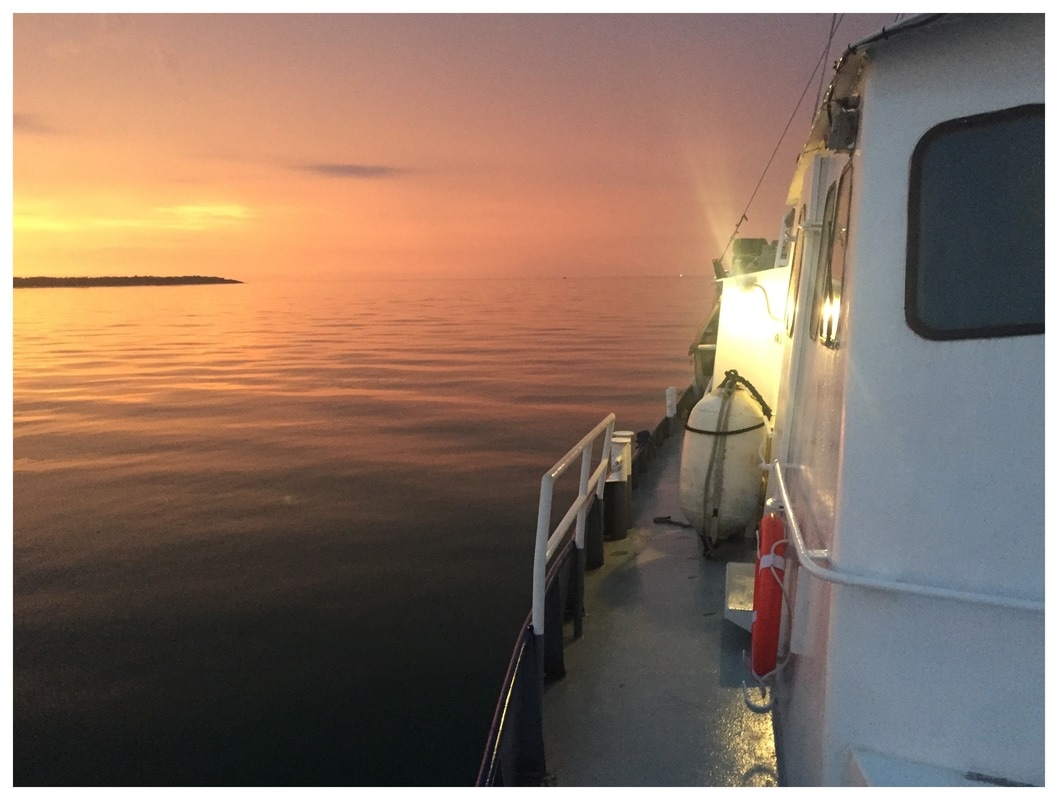
 RSS Feed
RSS Feed
